In recent years, a quiet but powerful trend has taken root across digital platforms: the rise of microdosing weight-loss drugs for purposes far beyond weight management. What began as a clinical approach to obesity treatment has evolved into a wellness phenomenon, with internet companies playing a pivotal role in shaping public perception and demand. From social media influencers to telehealth startups, digital ecosystems are amplifying the appeal of low-dose GLP-1 receptor agonists—not just for shedding pounds, but for enhancing mood, reducing joint pain, and promoting overall well-being.
Originally developed to treat type 2 diabetes and obesity, drugs like semaglutide and tirzepatide have gained widespread attention for their effectiveness. However, a growing number of users are now taking these medications at lower-than-prescribed doses—commonly referred to as "microdosing"—to achieve subtle but meaningful improvements in energy, mental clarity, and physical comfort.
Unlike full-dose regimens that aim for significant weight reduction, microdosing focuses on metabolic optimization. Advocates claim benefits such as stabilized blood sugar, reduced inflammation, and improved joint mobility—effects that contribute to a broader sense of wellness. While clinical research on microdosing specifically is still limited, anecdotal reports and early studies suggest potential physiological mechanisms that support these claims.

Internet companies are at the heart of this trend. Social media platforms like Instagram, TikTok, and YouTube have become breeding grounds for wellness content, where users share personal journeys, before-and-after photos, and dosing strategies. Hashtags such as #MicrodosingJourney and #WellnessRevolution have millions of views, creating echo chambers of enthusiasm and normalization.
Moreover, digital health startups and telemedicine services have streamlined access to these medications. With just a few clicks, users can complete online consultations, receive prescriptions, and have drugs delivered to their doorstep. These platforms often market the drugs using language tied to lifestyle enhancement—"feel lighter," "think clearer," "move easier"—positioning them as tools for holistic health rather than medical treatments.
One of the most significant shifts driven by online influence is the reframing of prescription drugs as wellness supplements. Internet companies leverage targeted advertising, personalized content, and algorithm-driven recommendations to reach audiences interested in self-optimization. Ads often highlight non-FDA-approved benefits, such as improved mood or reduced brain fog, even when clinical evidence remains preliminary.
This marketing strategy taps into a cultural desire for control over health and appearance. By positioning microdosing as a proactive, preventive measure, digital platforms appeal to individuals seeking an edge in their personal and professional lives. The narrative is no longer just about losing weight—it’s about becoming a better, more resilient version of oneself.
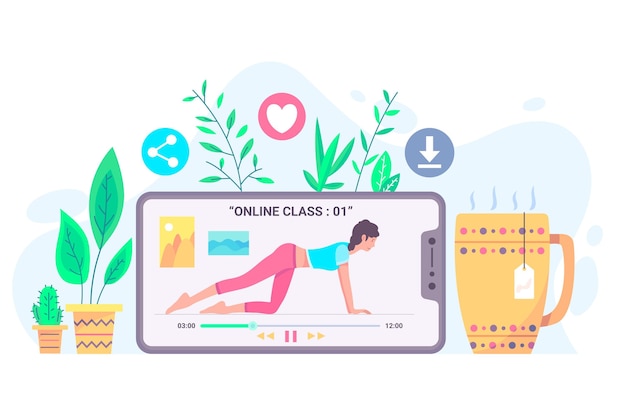
Proponents of microdosing point to several potential advantages. Lower doses may reduce the risk of gastrointestinal side effects commonly associated with full-dose regimens, such as nausea and diarrhea. Additionally, even small metabolic improvements can lead to better insulin sensitivity, reduced systemic inflammation, and decreased mechanical stress on joints—particularly beneficial for individuals with mild obesity or prediabetes.
However, experts caution that microdosing is not without risks. Long-term effects of low-dose GLP-1 use are not well studied, and self-prescribing or modifying doses without medical supervision can lead to unintended consequences. There are also concerns about drug shortages, as increased off-label demand may limit access for patients who rely on these medications for approved conditions.
As enthusiasm grows, regulatory bodies are grappling with how to respond. Currently, microdosing for wellness falls into a gray area—neither explicitly approved nor banned. However, the promotion of prescription drugs for unapproved uses via digital platforms raises ethical questions about medical oversight, informed consent, and equitable access.
Healthcare professionals emphasize the importance of individualized care. What works for one person may not be safe or effective for another. The convenience of online prescribing must be balanced with responsible medical practice, including proper screening, monitoring, and patient education.
The intersection of digital technology and pharmaceutical wellness is likely to expand. As artificial intelligence, wearable devices, and personalized medicine advance, internet companies will have even greater tools to promote and tailor health interventions. Microdosing may be just the beginning of a broader shift toward data-driven, self-directed health optimization.
However, this evolution demands careful navigation. Public health systems, regulators, and digital platforms must collaborate to ensure that innovation does not come at the cost of safety, equity, or medical integrity. Consumers, too, must approach online health trends with critical thinking and professional guidance.
In the end, the story of microdosing weight-loss drugs is not just about a medication—it’s about how the digital world shapes our understanding of health, wellness, and the pursuit of an ideal life.

Wellness

Wellness

Wellness
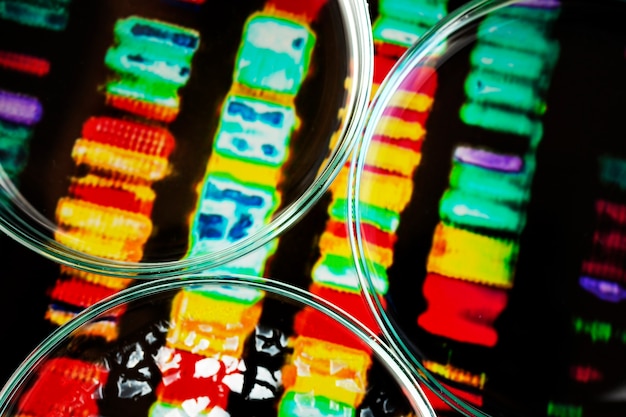
Wellness

Wellness
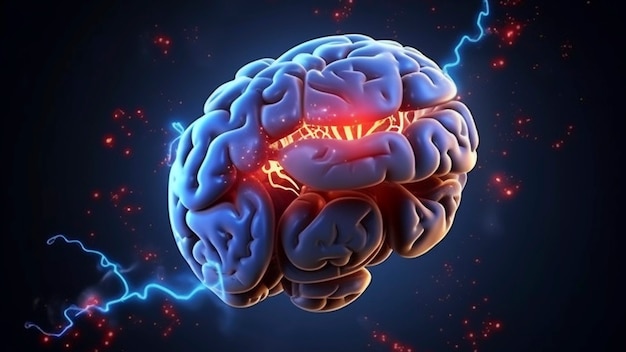
Health
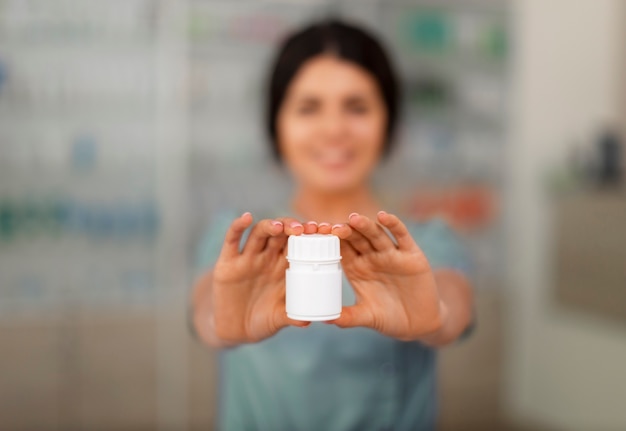
Health

Health

Wellness
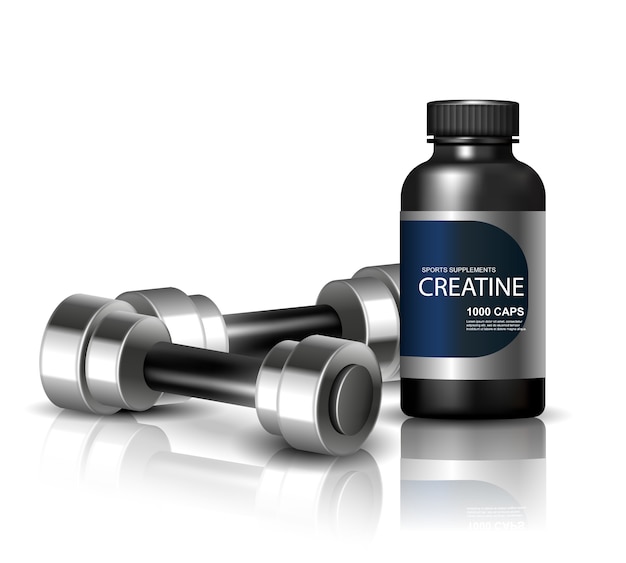
Wellness

Health
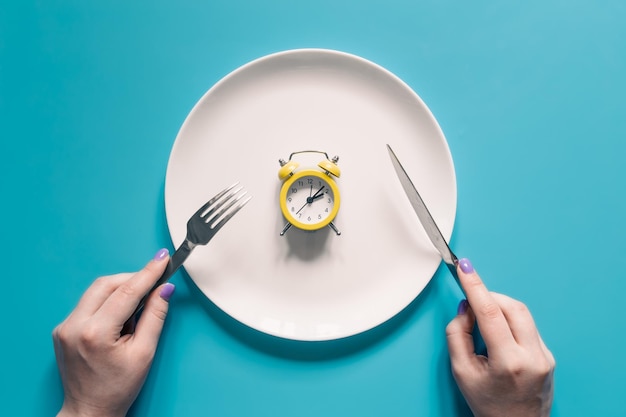
Wellness

Health

Fitness

Health

Health